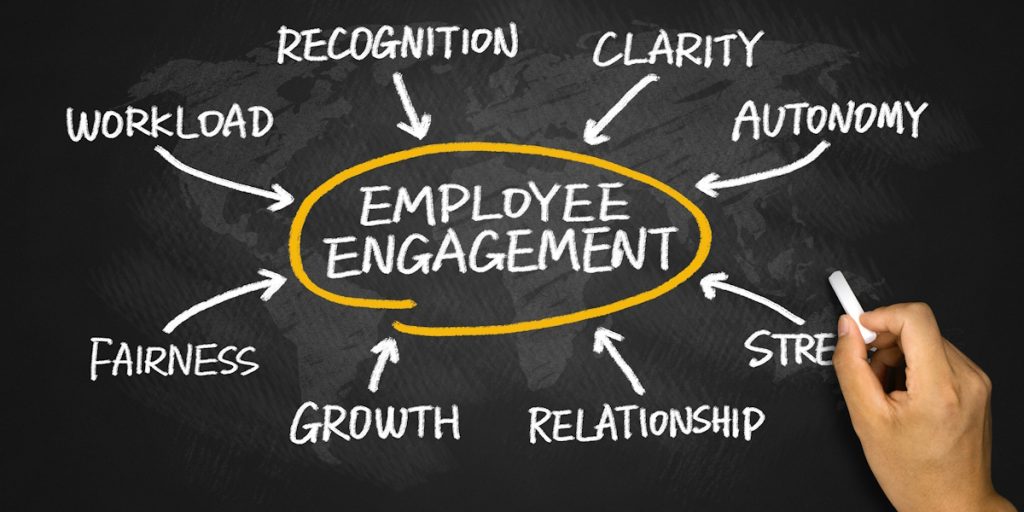Appreciating the people who keep your business running isn’t just a nice gesture—it’s a powerful tool that builds stronger teams, boosts morale, and reduces turnover. When employees feel valued, they’re more motivated to contribute, stay committed, and go the extra mile. But recognition needs to be consistent, sincere, and tailored to truly make a difference.
That’s why companies are now focusing on employee recognition ideas that do more than just hand out a “Thank You” card. A recognition program should be built on thoughtful planning and meaningful actions. From peer-to-peer shout-outs to performance-based rewards, a good strategy can shift the entire culture of a workplace. And the good news? It doesn’t always have to cost money to work well.
Why Recognition Matters More Than You Think
Giving employees credit for their hard work can lead to measurable improvements in workplace performance. People thrive in environments where their efforts are seen and appreciated. An effective employee rewards and recognition strategy doesn’t only focus on high performers—it includes day-to-day achievements too.
A survey by Gallup found that employees who receive regular recognition are more productive, engaged, and loyal. Whether it’s a simple note of appreciation or a team celebration for achieving a goal, these acts build a culture of recognition.
Key Elements of an Effective Employee Recognition Program
1. Make Recognition Timely and Frequent
One of the biggest mistakes in employee appreciation strategies is waiting too long to recognize someone’s effort. Recognition should happen close to the action. Timely feedback reinforces the behavior you want to encourage.
Instead of an annual “Employee of the Month” plaque, think of weekly shoutouts or monthly team awards. These kinds of recognition programs for employees help build momentum and consistency.
2. Tie Recognition to Specific Behaviors
Vague praise like “Good job” can feel hollow. Specific recognition builds a stronger connection between action and reward. For example, saying “Thanks for staying late to help finish the report” is much more meaningful than a generic compliment.
This is also where performance-based recognition can be especially powerful. Linking appreciation to a behavior or result gives it more value and helps reinforce company goals.
3. Involve Everyone in the Process
Recognition shouldn’t just come from management. Peer-to-peer recognition gives team members a voice and helps foster a more collaborative atmosphere. This can be as simple as a shared message board, a group chat, or a formal nomination system.
Allowing colleagues to celebrate each other’s efforts builds trust and unity. Peer-to-peer recognition also highlights teamwork, one of the most important qualities in a healthy workplace.
Using Behavioral Economics to Improve Recognition
Understanding human motivation can make your program far more effective. The science of behavioral economics shows that people respond more positively to frequent, small rewards than one big annual bonus. Even simple, non-monetary gestures can have a lasting impact.
A thank-you email, lunch with a supervisor, or a flexible day off are examples of non-financial employee rewards that resonate deeply with many workers. These gestures feel personal and thoughtful.
Employee Recognition Ideas That Actually Work
1. Start a Recognition Wall
Let employees write praise or appreciation notes for each other. Keep it in a visible place like a breakroom or internal communication board. It encourages positivity and constant feedback.
2. Personalized Rewards
Generic gifts don’t have the same effect as personalized ones. Offer employees a chance to choose from a set of employee rewards and incentives. One might prefer a coffee voucher, while another may want an extra hour off on Friday.
3. Highlight Achievements Publicly
Use company newsletters or team meetings to highlight accomplishments. This helps improve employee engagement and shows that hard work doesn’t go unnoticed.
4. Celebrate Small Wins
Recognition doesn’t always need a major reason. Celebrate milestones like completing a project, getting great customer feedback, or even helping a coworker in need.
5. Build a Recognition Calendar
Plan ahead for birthdays, work anniversaries, and team milestones. A regular schedule ensures you never miss an opportunity to appreciate your team.
Final Thoughts
Building a program based on employee recognition ideas isn’t about adding more to your to-do list. It’s about making appreciation part of your daily culture. Small actions, when done with consistency and care, can lead to big results in employee morale and retention.
With the right strategy, tools, and a genuine intent to value people, your company can stand out as a place where employees feel seen and respected.
Ready to Rethink How You Appreciate Your Team?




